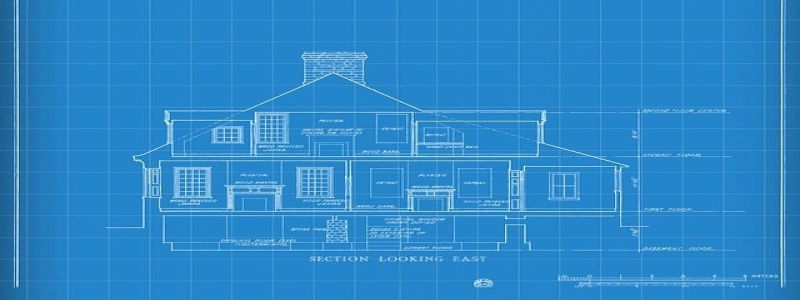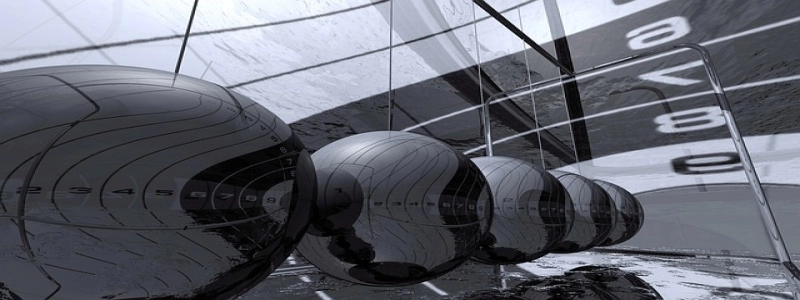Ethernet Cable for Switch
I. Introduction
Ethernet cables are essential for connecting devices to a network, and they play a crucial role in ensuring a stable and reliable connection. When it comes to connecting a switch to an internet source or to other networking devices, choosing the right Ethernet cable is of utmost importance. In this article, we will explore the different types of Ethernet cables suitable for switches and their benefits.
II. Types of Ethernet Cables for Switches
1. Cat5e Ethernet Cable
The Cat5e Ethernet cable is a popular choice for connecting switches due to its affordability and versatility. It can support data transfer speeds of up to 1000 Mbps (1 Gbps) and is suitable for most standard networking applications. Cat5e cables are backward compatible with older Ethernet standards and are widely available, making them an ideal choice for home and small office networks.
2. Cat6 Ethernet Cable
The Cat6 Ethernet cable offers higher performance compared to Cat5e. It can support data transfer speeds of up to 10 Gbps and has a higher bandwidth capacity. Cat6 cables are less prone to interference and crosstalk, ensuring a more reliable and stable connection. They are suitable for network setups that require heavy data transmission, such as multimedia streaming or online gaming.
3. Cat6a Ethernet Cable
The Cat6a Ethernet cable is an enhanced version of Cat6. It can support data transfer speeds of up to 10 Gbps at a longer distance. Cat6a cables have better insulation and shielding, reducing signal degradation and interference. They are ideal for professional or commercial networks that require high-speed connections over longer distances.
4. Cat7 Ethernet Cable
The Cat7 Ethernet cable is the latest standard in Ethernet cables, offering the highest performance and capabilities. It can support data transfer speeds of up to 10 Gbps and has even better insulation and shielding than Cat6a cables. Cat7 cables are designed to minimize signal loss and external interference, making them suitable for advanced networking applications, such as data centers or server rooms.
III. Considerations for Choosing Ethernet Cables
1. Length
When selecting an Ethernet cable for your switch, consider the length you require. It is always best to measure the distance between your switch and the networking device or internet source to ensure you choose a cable that provides sufficient length for a proper connection.
2. Speed Requirement
Assess the speed requirement of your network setup. If you need to transmit large amounts of data quickly, such as when transferring files or streaming high-definition videos, consider using higher category cables like Cat6 or Cat7 to meet your speed requirements.
3. Future-Proofing
If you anticipate future upgrades or network expansion, it is advisable to choose Ethernet cables with a higher category. This will provide you with the necessary bandwidth and capabilities to support future network demands without the need for cable replacement.
IV. Conclusion
Selecting the right Ethernet cable for your switch is crucial for achieving a stable and reliable network connection. Depending on your specific needs, budget, and available options, the Cat5e, Cat6, Cat6a, or Cat7 Ethernet cables can offer suitable solutions. Consider factors such as cable length, speed requirements, and future-proofing before making a choice. Ensuring you have the right Ethernet cable for your switch will optimize your network performance and enhance your overall networking experience.








